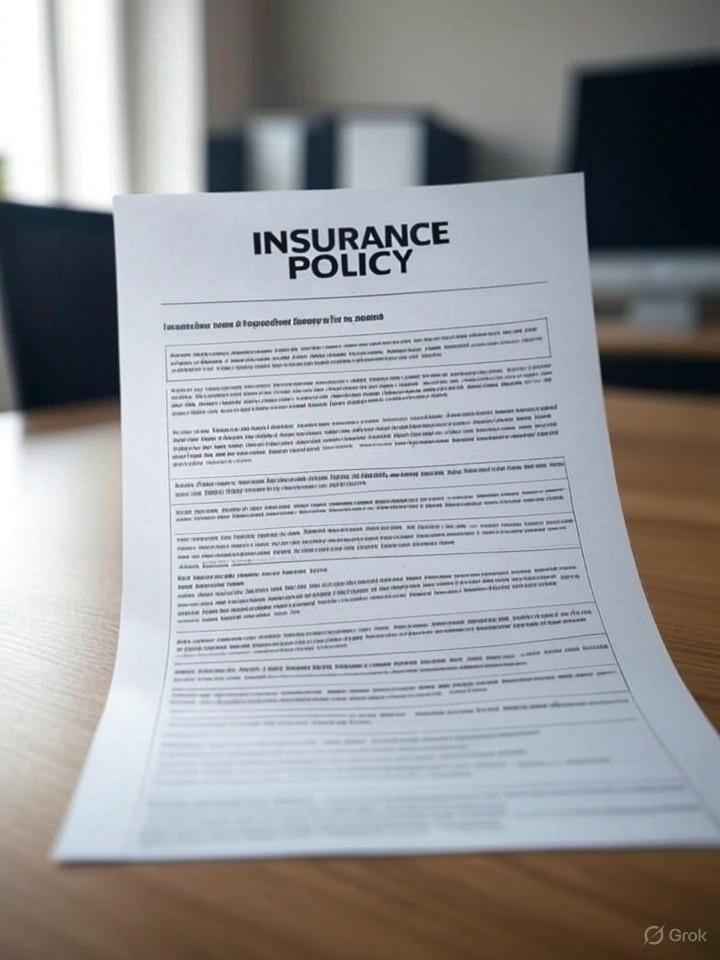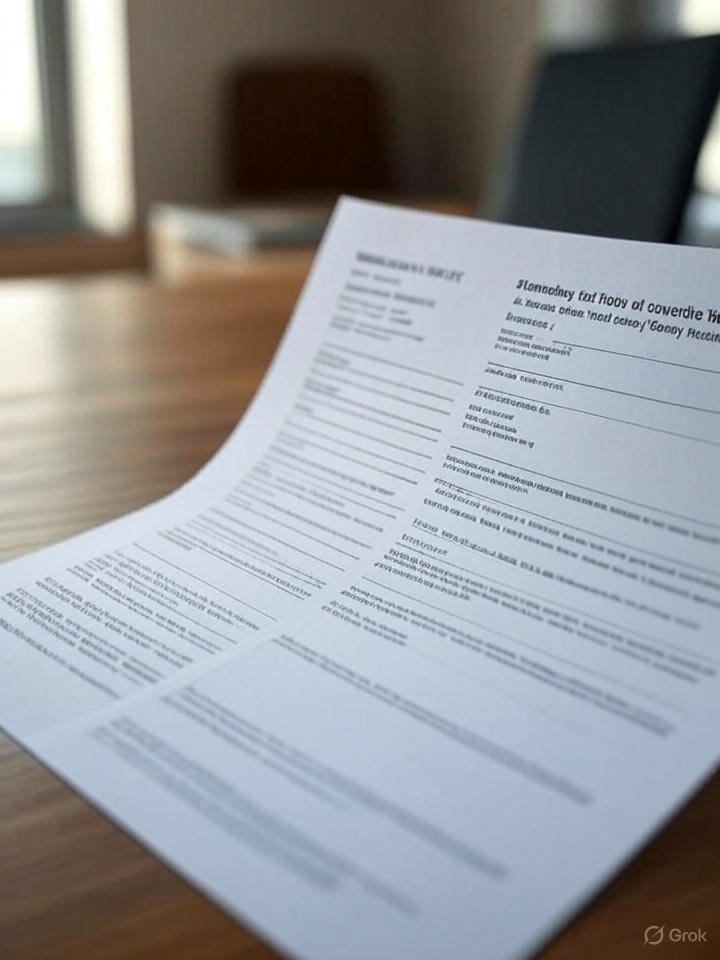
Introduction
Insurance is the backbone of financial securities, protecting against life’s uncertainties. Whether it’s safeguarding your health, property, or loved ones’ future, insurance gives peace of mind by transferring risk to an insurer. Despite its importance, many people find it confusing or unnecessary until they face an unexpected crisis in their lives.
That comprehensive guide will cover
What insurance is and why it matters
The main types of insurance and how they work
Common supernatural beings and misconceptions
How to choose the right plan
Emerging trends in the insurance industry
By the end, you will understand how insurance works, which policies you need, and how to make smart choices for your financial needs.
What Is Insurance?
This is a risk management tool that protects individuals and businesses from financial losses. In exchange for regular payments (premiums), an insurance company agrees to cover specific risks, such as medical bills, car accidents, property damage, etc.
How It Works
Policyholder Pays Premiums Monthly, Quarterly, Half-Yearly, or Annual payments keep the policy active.
Insurer Assumes Risk The company agrees to pay for covered losses under the agreement.
Claim Filed When Loss Occurs If an insured event happens (e.g., accident, illness), the policyholder files a claim to the company.
Payout or Coverage Provided The insurer compensates for the loss (cash payout or direct payment to service providers)
Why it Is Essential to be insured
Financial Protection: Prevents large, unexpected expenses from distracting your finances.
Legal Requirement: Some types (e.g., auto insurance) are mandatory.
Peace of Mind: Reduces stress by ensuring support in emergencies.
Some Types of Insurance You Need to Know
Life Ins : Financial support for beneficiaries after the policyholder’s death.
Why It’s Important: Replaces lost income, pays debts, funds education.
Types: Term Life (affordable, temporary coverage) and Whole Life (permanent with cash value)
Health Ins: Medical expenses (doctor visits, hospital stays, prescriptions and surgeries).
Why It’s Important: Healthcare costs can be crippling without coverage.
Types: Employer-sponsored plans, Individual/family plans (ACA marketplace) and Government programs (Medicare, Medicaid)
Auto Ins: Vehicle damage, liability for injuries/property damage, theft.
Why It’s Important: Required by law in most places; protects against costly repairs or lawsuits.
Key Coverages: Liability (mandatory in most states), Collision & Comprehensive (for your car) and Uninsured/Underinsured Motorist
Homeowners/Renters Ins Covers: Property damage (fire, theft, storms), liability for injuries on your property.
Why It’s Important: Protects your biggest asset (home, warehouse) or belongings (renters).
Key Features: Dwelling coverage (for homeowners), Personal property coverage and Liability protection
Disability Ins: Lost income if you’re unable to work due to illness/injury.
Why It’s Important: Your greatest asset is your ability to earn an income.
Types: Short-term disability or Long-term disability
Business Ins: Liability, property damage, employee injuries, and more.
Why It’s Important: Protects against lawsuits, property loss, and interruptions.
Common Policies: General Liability, Workers’ Compensation and Professional Liability (E&O)
Common Myths Debunked
I Don’t Need It Because I’m Healthy/Young.
Accidents and illnesses are unpredictable. The best time to get insurance is when you are young healthy and financially strong for paying your premiums
This Is a Waste of Money.
A single major claim (e.g., car accident, house fire) can cost far more than years of premiums.
All Policies Are the Same.
Coverage varies widely—compare policies carefully and choose your plan according to your desire.
My Employer’s Ins Is Enough.
Employer plans may have gaps (e.g., limited life insurance, no long-term disability).
How to Choose the Right plan
Assess Your Risks: What are your biggest financial vulnerabilities? (Health? Income loss? Property damage?)
Compare Policies & Providers: Look at coverage limits, exclusions, deductibles, and premiums. Check insurer ratings (A.M. Best, J.D. Power).
Avoid Over- or Under-Insuring
Over-insuring: Paying for unnecessary coverage (e.g., excessive life insurance).Under-insuring: Skipping critical protections (e.g., liability coverage).
Review regularly
Update policies regularly after major life events (marriage, new home, job change).
The Future of Ins: Emerging Trends
Digital Ins (InsurTech)
AI-driven underwriting, mobile claims processing, and usage-based policies (e.g., pay-per-mile auto insurance).
Personalized Policies
Wearable tech (health insurance discounts for fitness tracking).Smart home devices (discounts for security systems).
Climate Change & Insurance
More insurers are adjusting policies for natural disaster risks.
Cyber Insurance Growth
Protects businesses and individuals from data breaches and ransomware.
Final Thoughts
Insurance isn’t just about paperwork—it’s about protecting your future. By understanding your needs and choosing the right policy plan, you can avoid financial disasters and live with confidence.
Next Steps:
Inventory your risks (health, property, income).
Get quotes from multiple insurers.
Consult an agent for personalized advice.
*Don’t wait for a crisis to strike. Act now to secure your financial safety net.

3 Responses
[…] of Health Insurance […]
[…] Auto Insurance is […]
[…] Key Differences Between Homeowners and Renters Insurance […]